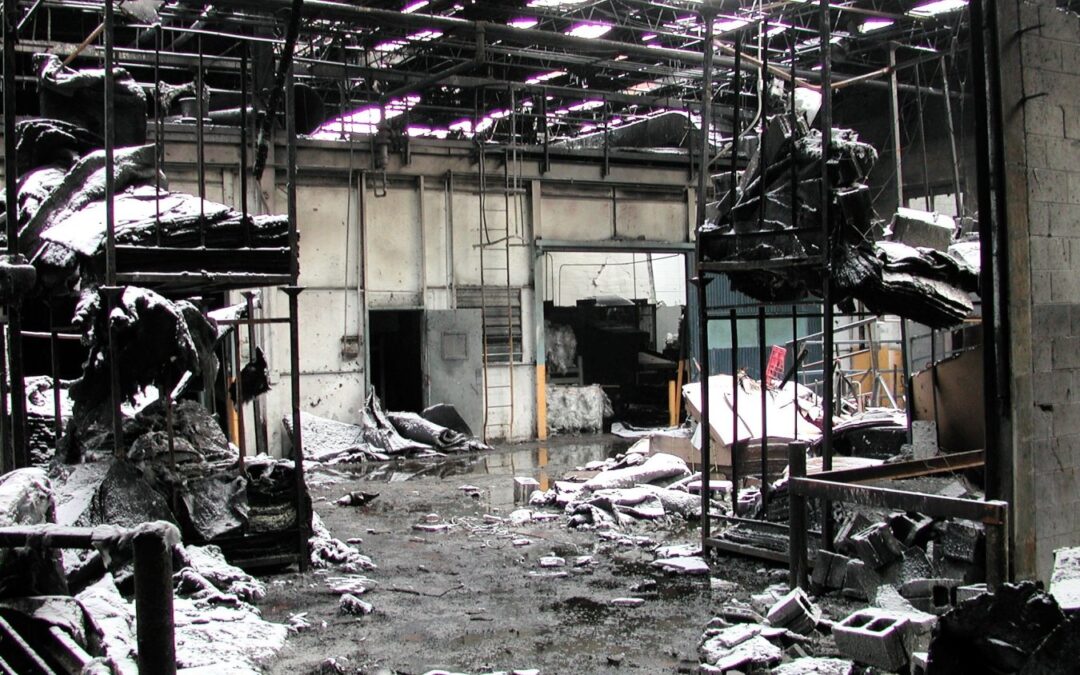Explosion Protection Measures
Sometime after commencing manufacturing in 1995, the staff at Hayes Lemmerz International observed copious accumulations of dust which migrated to working area and were beginning to create a hazard. They installed the infamous dust collector system in 1998. It is likely that when the system was installed no testing or calibration of equipment was done on it to check if it was meeting the standards required. This accumulation of dust was partially caused by poor housekeeping and maintenance in the plant. If the dust has been periodically cleaned in the facility, the likelihood is that hazardous accumulations would not be observed. The maintenance of the plant was in many cases inadequate; the most recent cleaning of the dust collection system happened 4 months prior to the explosion. It was also found that the dust collector draft fan was eroded, meaning dust was leaking through the filters.
There were explosion relief vent panels installed in the dust collector and drop box. Those panels were designed such that they would open if deflagration caused overpressure. The force of the explosion caused the three maintenance doors and the vent panels to be blown open. The top section of the housing and cleanout were also distorted indicating the venting was not suitable for the prevention of structural damage. Furthermore, the total destruction of the drop box shows the vent panels unsuitability for the overpressure generated.
Explosion isolation measures were also installed in the dust collector. A slide valve was installed in the 20 – inch line outside the building, upstream of the box and with a high temperature activator. The maintenance personnel and operators were not made aware of the purpose of this valve and believed it was supposed to close when dust collector jets activated. Eventually, the valve actuator was disconnected due to operational issues. Maintenance staff also confessed to closing the valve when changing filters. Due to this the valve did not mitigate the effects of the explosion.
Hayes were aware of the dangers of dust accumulation and dust explosions, hence they put in preventative measures. However, the October 29th explosion shows the lack of consideration of the suitability of the equipment installed. It is believed that the pressure gauges in the dust collector system were not calibrated and there were no calculations or tests done to check the efficiency of the equipment in case of an explosion. This highlights the importance of choosing the appropriate equipment for the system and making sure it will be effective.
Occupli Consultancy specialists provide practical solutions and advice to all our clients in all areas of ATEX and process related safety concerns. Our team work to legislative requirements and benchmark against industry best practice to produces assessments for our clients. Occupli Consultants have carried out ammonia risk assessments in a range of different industries including medical devices, pharmaceutical and food industries.
If you require consultation on a process or ATEX safety issue, reach out to our team of consultants here.

